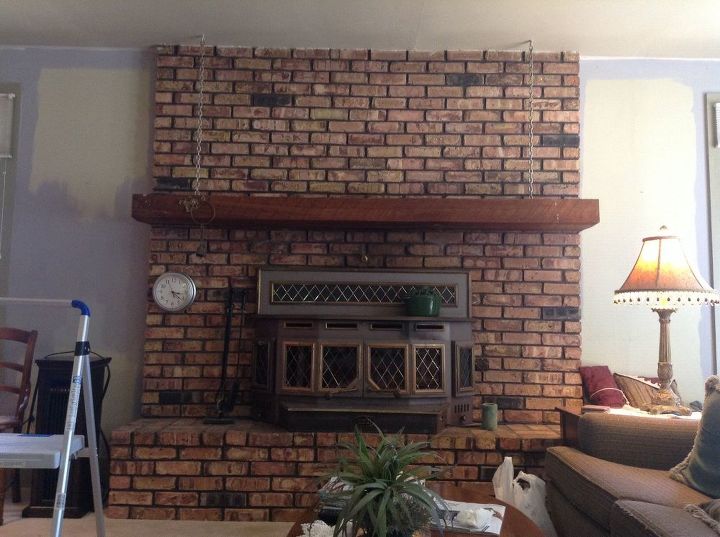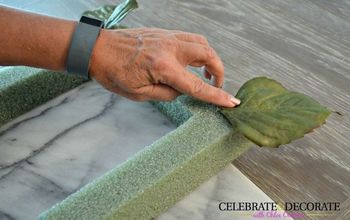How does glazing work?
Could someone please tell me about glazing. How it works? Liquid or paste?Can it be used on any paint or does it have to be used with chalk paints?
Related Discussions
Should I paint or stain my oak kitchen cabinets?
I was wondering if you could help me with something -- I have an entirely oak kitchen. I know it's the rage now to paint or gel stain cabinets. I've been considering ... See more
How to paint a metal front door?
How do I paint my front door? It's metal.
How to paint grout?
How do I paint grout to change the color? The grout is in great shape, but the color - meh.
How to whitewash a brick fireplace?
What is the best method to whitewash bricks surrounding a fireplace?
Home Depot Americana Chalk paint, does it work as well as Annie Sloan
I am having a hard time finding the Annie Sloan in my area but Home Depot carries their line---and costs much less..input please..thanks.
Do chalk paint additives work?
Has anyone used any of the additives that you can use to make your own chalk paint? The Annie Sloan chalk paint is so expensive! I'm hoping to find something that is ... See more



You will find glazing as a separate liquid additive to paints used for rag rolling, etc. It can be used with a variety of paints and is available at most paint departments.
You want wax it is dark to begin with but you wipe away to create look you want..it dries hard..can get it at any hardware store
Glaze is simply a thin, translucent film of color that's painted over a base coat such as latex paint,stain. Many faux and decorative paint techniques require glaze; it's essential to create rich, dimensional paint treatments. Here, decorative painter Gary Lord gives you the DIY Basics so you can start glazing like a pro.
It's possible to create beautiful paint treatments using glaze. Just remember:
Paint on a semigloss surface.
Mix glaze to the right translucency and consistency.
Work in small sections.
its generally liquid, can be used on any paint but the more porous the paint, the more it will "grab" so you may want to Clear coat before glazing to give more workability. Apply as you prefer. Paint on then wipe away, or dry brush on and build,.. the best thing is to play and figure out what you like best.
Glaze can be used with a lot of paints. If you use it on chalk paint, be sure to seal the chalk paint first so it's not porus. Otherwise the glaze will soak right into the chalk paint and you won't be able to remove it.